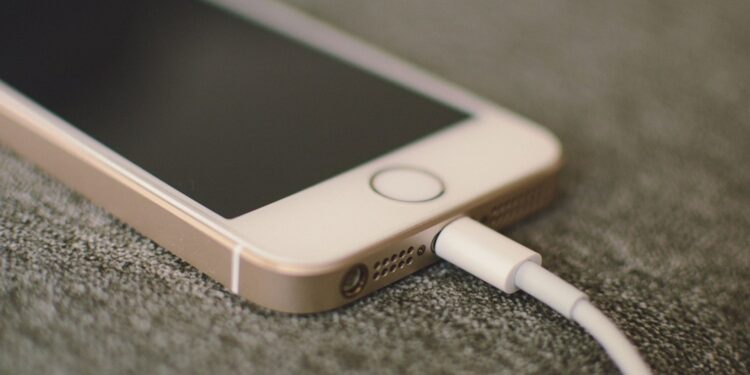Wireless phones are becoming the way to communicate at home.
Landlines lost the war against mobile phones in the U.S. during 2017.
On its website, The Verge shared data that proved 50.8% of U.S. households now only use cell-phones, abandoning landlines to adopt smartphones as their choice of communication.
The change comes after the last fifteen years, when 9 out of 10 Americans had at least one at home and landlines were becoming obsolete.
This change grew rapidly when cellphones entered the scene in 1973; the death of the Walkman in 2010 and portable gaming during the 1980´s shaped the last details on the digital transformation.
Contributing factors in phone ownership
Age is a contributing factor in landline phone ownership, but so are income and geographical location.
According to The National Health Interview Survey (NHIS), U.S. adults living in poverty (66.3%) and near poverty (59.0%) were more likely than higher income adults (48.5%) to be living in households with only wireless telephones.
GFK reports the proportion of U.S. senior citizens (ages 65+) in cellphone-only households quadrupled over the past six years (2011-2017), to 23%, while the figure for Millennials (those born between 1977 to 1994) climbed to 71% from 47%.
After Millennials, Generation X (born between 1965 and 1976) is the age group most likely to live in cell-only households, at 55%. Baby Boomers (born between 1946 and 1964) is only four in 10 (40%).
A future unplugged?
Although TextRequest reports over 45% of American households owning a landline phone, the trend is beginning to lose force as the latest GfK MRI Survey of the American Consumer® reported that more than half (52%) of US adults live in households with cellphones but no landline telephones.
Albertans abandon landlines in Canada
As for Canada, an annual survey from Statistics Canada and CBC showed that Albertans are the most internet-connected people in Canada, as just 60.5% of homes in Alberta still had a hardwired phone during 2016, which is below the national average of 66.8% and below provinces like Quebec (72.5%), New Brunswick (85.7 %) and Newfoundland and (Labrador 86.6 %).
91.8% of households in Alberta have online access, turning them into the most internet-connected in the country.













